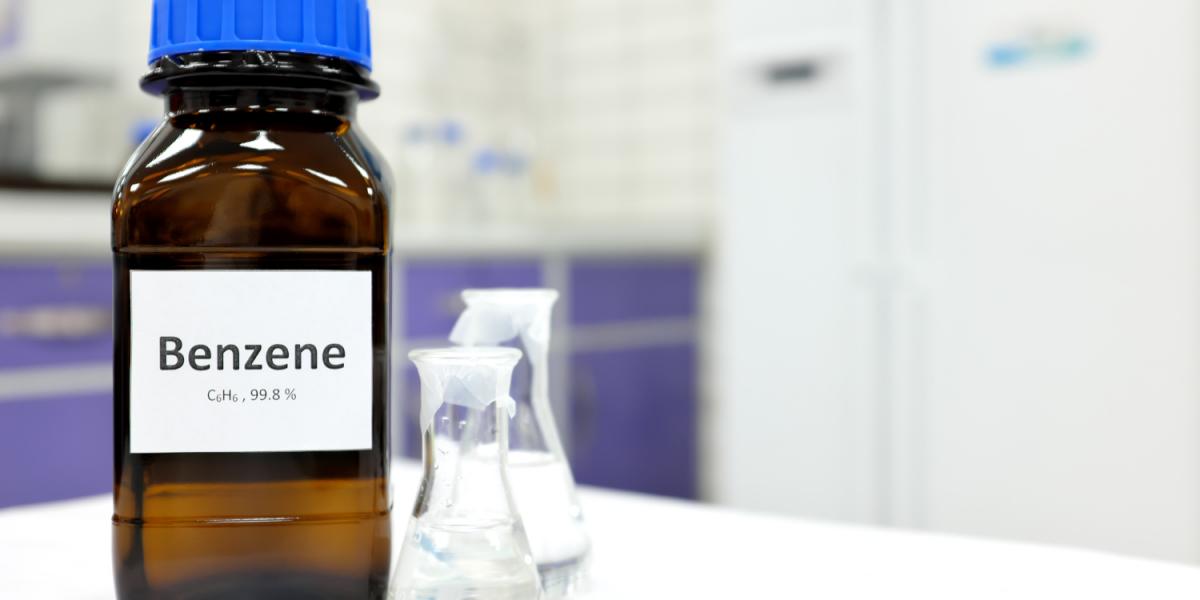You are here

On 22 September 2020 the EU Commission published a draft text amending Directive 2004/37 on the protection of workers from the risks related to exposure to carcinogens or mutagens at work.
The revision of the existing limit values for benzene and the addition of two new carcinogens (acrylonitrile and nickel compounds) is the result of various EU initiatives and two public consultations held in 2017.
If adopted, the text will represent the fourth revision of the OELs list contained in Annex III, point A of Directive 2004/37.
Verisk 3E Review
Revised and Transitional OELs for Benzene
Benzene is a Category 1A carcinogen. The draft provision lowers the OELs almost fivefold and sets them at 0.66 mg/m3 (instead of the current 3.25 mg/m3) or 0.2 ppm (instead of the current 1 ppm).
The current skin notation remains valid, as benzene may be absorbed through the skin. Since companies may need time to adapt, a transitional OEL of 1.65 mg/m3, or 0.5 ppm will temporarily apply from two to four years after entry into force of the future amendment. After that period companies will need to comply with the lower OELs.
Addition of Acrylonitrile
Acrylonitrile is a Category 1B carcinogen. The draft proposes a limit value of 1 mg/m3 (0.45 ppm) and a short-term limit value of 4 mg/m3 (1.8 ppm), applicable four years after entry into force of the future amendment. A skin notation is also proposed to indicate the possibility of significant uptake through the skin.
Addition of Nickel Compounds with Transitional OELs
Nickel compounds are Category 1A carcinogens. The draft establishes two OELs: 0.01 mg/m3 for respiratory exposure and 0.05 mg/m3 for inhalation exposure, supplemented by a "dermal and respiratory sensitization" notation.
To align risk management for nickel compounds and chromium VI (Directive 2017/2398), both will start to apply on 18 January 2025. Concerning respirable nickel compounds, a transitional limit value of 0.1 mg/m3 is proposed until the newly proposed lower limit value of 0.05 mg/m3 becomes effective.
Verisk 3E Analysis
If adopted, the new amending Directive will enter into force 20 days after its publication. Within two years member states shall enact national measures implementing the new EU rules.
According to the explanatory memorandum of the draft, more than one million workers are currently exposed to these three carcinogens. Thus the proposal will contribute to better protection of workers, even if, according to the text, the new requirements could result in higher costs for companies as they will have to put in place additional protective and preventive measures.

 Top
Top